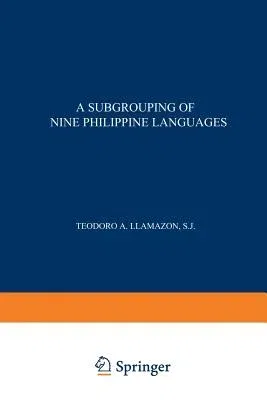Na Llamzon
(Author)A Subgrouping of Nine Philippine Languages (Softcover Reprint of the Original 1st 1969)Paperback - Softcover Reprint of the Original 1st 1969, 1 January 1969

Qty
1
Turbo
Ships in 2 - 3 days
In Stock
Free Delivery
Cash on Delivery
15 Days
Free Returns
Secure Checkout
Print Length
128 pages
Language
English
Publisher
Springer
Date Published
1 Jan 1969
ISBN-10
9401700575
ISBN-13
9789401700573
Description
Product Details
Author:
Book Edition:
Softcover Reprint of the Original 1st 1969
Book Format:
Paperback
Country of Origin:
US
Date Published:
1 January 1969
Dimensions:
22.86 x
15.24 x
0.79 cm
ISBN-10:
9401700575
ISBN-13:
9789401700573
Language:
English
Location:
Dordrecht
Pages:
128
Publisher:
Weight:
199.58 gm

